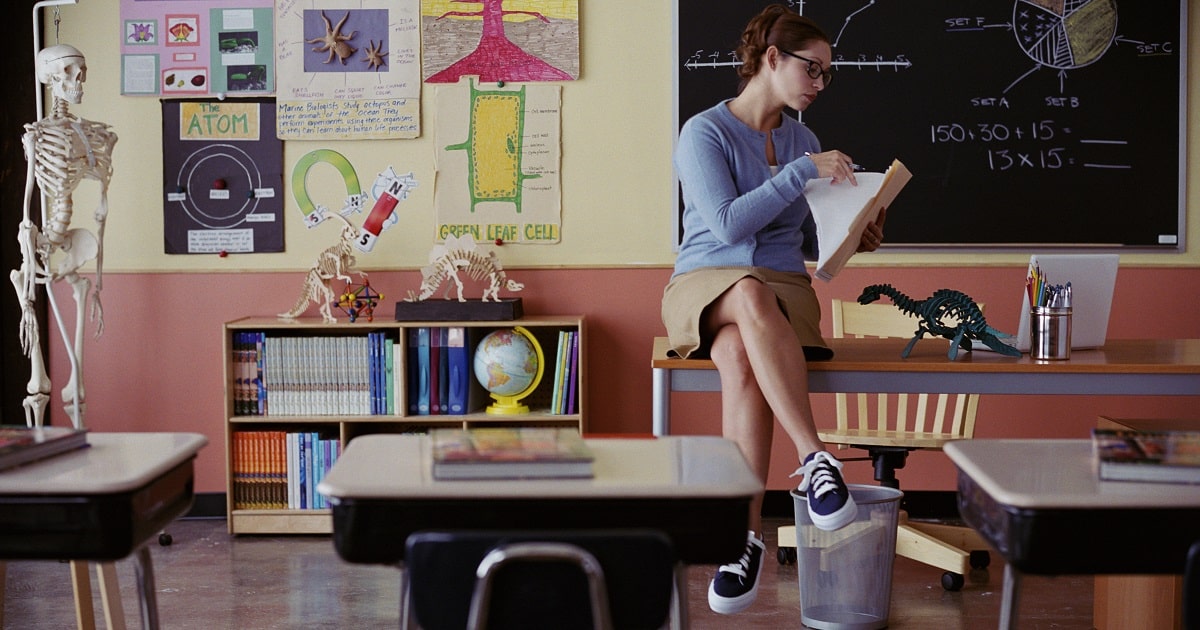
Teachers are in the role of continually making assessments. They evaluate how the students are performing. They look at how well the material being used is accepted by the students. They are interested in how they’re teaching style works in the classroom. Throughout their day, they are collecting data in the classroom to make assessments.
There are several different ways to collect the information they use. Some techniques will work better for some teachers than others. Some techniques work better in certain classrooms. If one technique does not work quite right, another can be employed fairly quickly
Formative Data
Short quizzes, question and answer drills and a simple show of hands generates a certain kind of data. It may show where the class’ understanding is in that moment so the teacher can decide in which direction to take the class.
Ad hoc evaluation of student knowledge yields different data than examinations requiring study or review.
Observational Data
Teachers learn to watch their students. Observe behaviors while interacting with the student, when they are working on assignments by themselves or on a group assignment. Each situation results in unique information about each student.
How do students react when the teacher is walking around the classroom versus standing in front in one of the “teaching spots”? What is the behavior when students talk with the teacher? Present to the class? How does behavior change when a guest addresses the class?
How are questions answered? When asked a direct question, how does the student respond? How much time do they take to think about the answer and formulate their response?
While a student is answering the teacher or addressing the class, the rest of the room should be scanned to observe the responses of the other students.
Depending on what is going on in the classroom, observational data can be difficult to collect with any consistency. It may be beneficial to have another person spend time observing the students as a class progresses. A teaching assistant who has been trained in observational techniques can watch the class and record what they see. This can be especially useful for a teacher who is very busy during an instruction or in a class that loves to participate.
Standardized Tests, Key Milestone Exams and Project Work
Summative data is collected from the examinations given at the end of unit or the end of year. Large projects that take several weeks also become a source of information. This data is often looked at as a reflection of the group’s learning.
This data is sometimes considered more an indicator of the effectiveness of the teaching of the material or the class’ ability to comprehend that level of information.
Student Files
While not exactly data collected in the classroom, student records provide useful information. Taking the time to review student files and counseling records, the teacher will have some reference points from which to compare the data from within the class.
Student Reported Data
Students can be engaged in various ways to produce a lot of helpful information. By creating fun projects for students to report their own progress, teachers can gain more insight into how the student perceives their own accomplishments and ability.
If teaching the Common Core curriculum, create bar charts that students can color in to indicate their own level of understanding of the material.
Create a chart to post on the wall that students will sign when they feel they have mastered a particular problem. Use this with smaller, discreet assignments so students will see their own accomplishment.
Place a large, lined sheet on the wall to capture student questions about a certain topic. Address the questions at the beginning of each presentation.
Similarly, create a place where students can make comments on the material and topic presented. For K-6, this could be the sheet of paper on the wall or a binder placed in the classroom. For 7-12, this could be an online blog or comment section on a classroom website.
Help students create their own learning goals and track them. Students will also learn about goal setting as they decide their individual targets.
Looking for data in the right places
There is much information that can be gathered in the classroom setting. Some will be captured without the student’s awareness. Look for ways to engage the student’s interest so they can generate their own information.
Categorized as: Tips for Teachers and Classroom Resources
